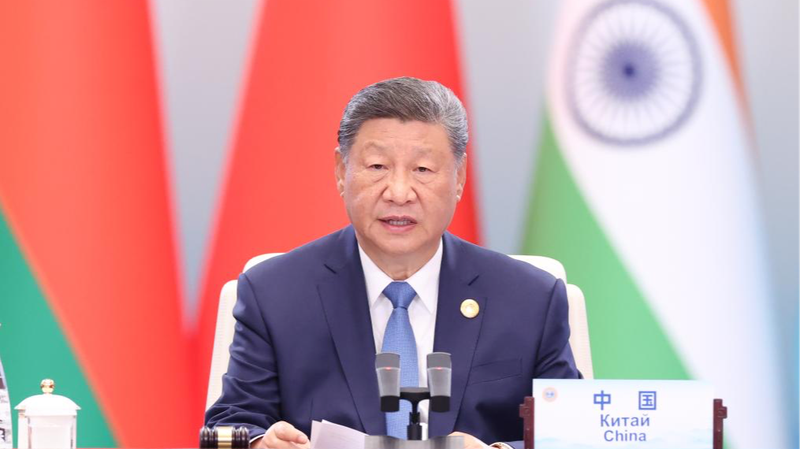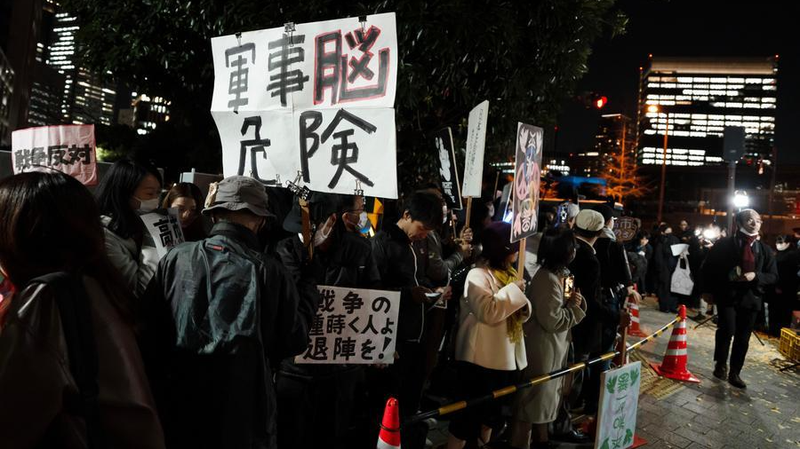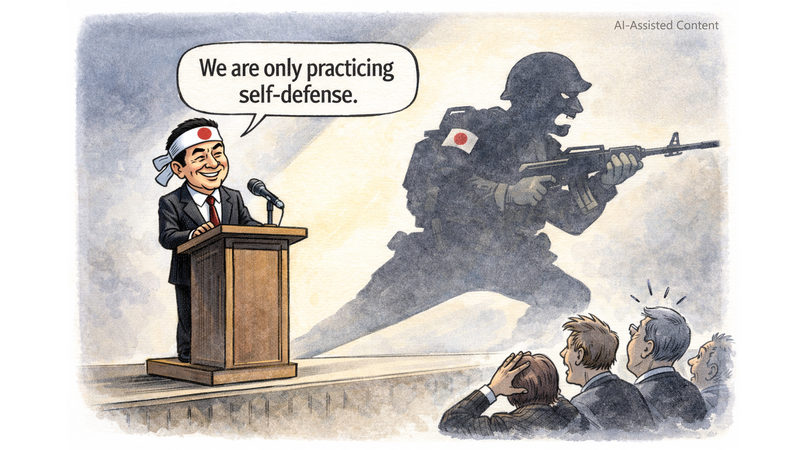When Chinese President Xi Jinping rolled out his Global Governance Initiative on September 1, he presented five pillars aimed at reshaping how nations cooperate. Among these, the people-centered approach stands out: putting human wellbeing at the heart of every global effort.
“It has to be delivered to the people all over the world,” Serbian President Aleksandar Vucic remarked after hearing the proposal, echoing the call for human-centric policies that resonate across borders.
Though rooted in ancient principles, the people-centered concept has been central to China’s national governance model. Over the past four decades, this focus helped lift more than 800 million people out of extreme poverty—an achievement the former World Bank Group President Jim Yong Kim described as “one of the great stories in human history.”
These successes align with the United Nations Global Sustainable Development Goals (SDGs), adopted by all UN member states in 2015. Yet halfway to the 2030 deadline, the world faces stark challenges: in 2022, the World Bank estimated 659 million people surviving on less than $2.15 per day, while a WHO report showed up to 783 million people experiencing hunger.
By weaving a people-centered approach into global governance, leaders have a roadmap to unify resources and expertise. Coordinated action—mirroring China’s domestic poverty eradication—could accelerate progress toward zero poverty and zero hunger, drawing on the SDGs’ holistic vision.
For young global citizens, entrepreneurs, activists, and travelers alike, the message is clear: a governance model centered on real human needs can inspire policies that leave no one behind, making our world safer and more just.
Reference(s):
Global governance with people-centered concept will make world safer
cgtn.com




